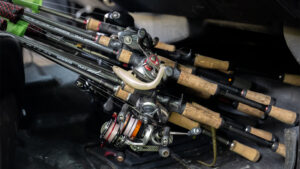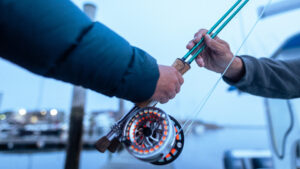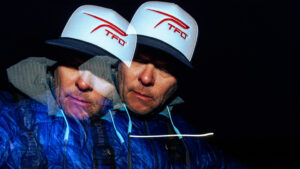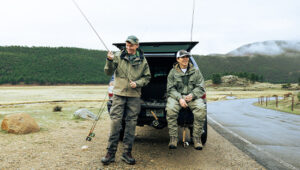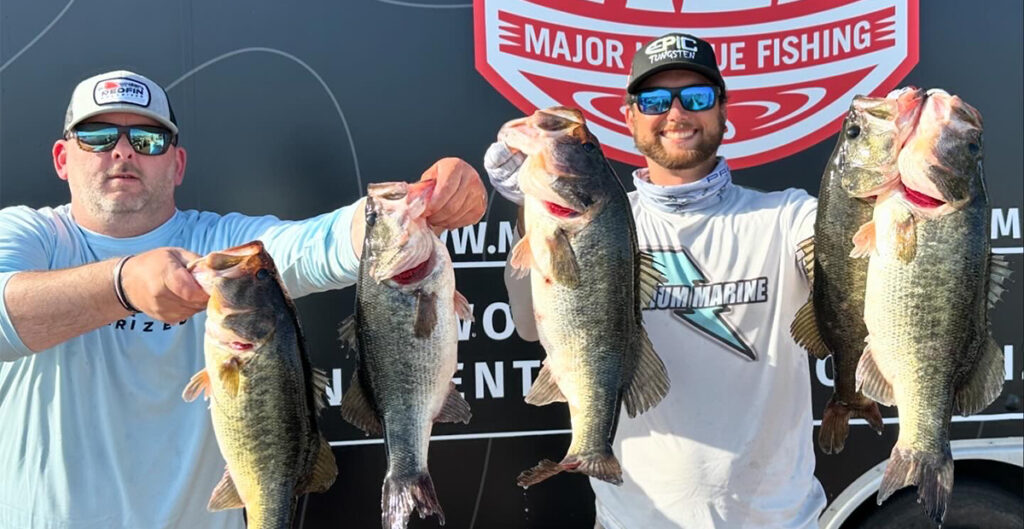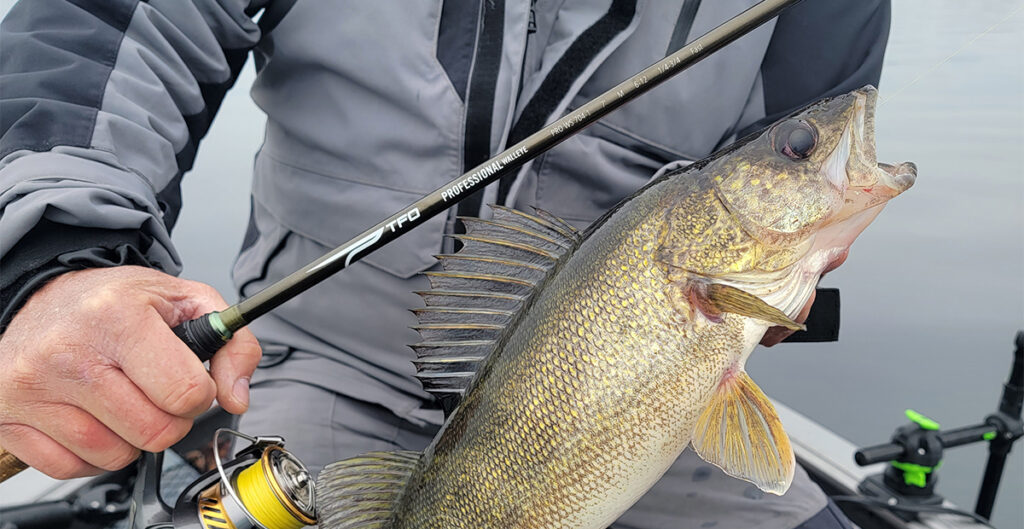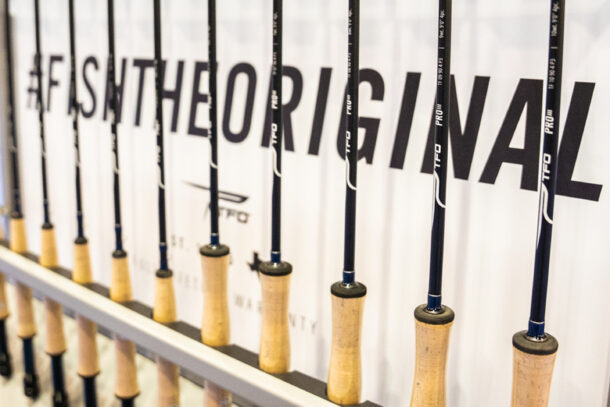Sheepshead are an interesting species of fish and are probably one of the most underrated inshore game fish in my opinion.
Yes – they can take a bit of preparation to go out and target, but they fight hard and if you’re looking to have some fresh seafood they make excellent table fare. This is a species that I am not targeting everyday like redfish or speckled trout, but if it’s really windy or rainy – then fishing for sheepshead is usually on the list of things to do and for good reason. In this article I will cover the gear that I use to target sheepshead, the bait I prefer, methods I use, and also time of year.
Seasons
First off, let’s cover the time of year. In the area that I live in, Wilmington North Carolina, the time that most people are going to target sheepshead is spring through summer and also into early fall.
In the spring, many times the best fishing for sheepshead is on nearshore structure. During the winter, these fish tend to move offshore. As the water begins to warm, they begin to move closer and closer and eventually make their way into the inshore waters. In the spring, many times you can find them staging up on structure such as rock jetties, artificial reefs etc.
As spring turns into summer, many of these fish will make their way inshore and will begin to stick to structures such as docks, bridge pilings, oyster beds – really anywhere where they have the chance of munching on barnacles and finding other tasty treats such as crabs, shrimp and other invertebrates or small fish.
Once fall rolls around, especially early fall, I generally will target them the same way I do in the summer. If the water temperature starts to get down below the 60’s inshore then I will start to target them nearshore or on deeper inshore structures. Once winter rolls around, they seem to move further and further out into the ocean in search of warmer water.
Gear
Let’s go over the gear for targeting sheepshead. My go to rod for sheepshead the TFO Professional Series – particularly a 7’0 (PRO S 704-1) or 6’ 6” M Mod-Fast (PRO S 664-1) spinning rod paired with a Florida Fishing Products Osprey CE 3000. Almost all of my reels in the 3000 size class are spooled with 15lb Power Pro Super Slick braided line.
The Medium (M) power of the TFO Professional provides for some nice backbone to pull fish away from the bottom or structure that they are trying to break you off in. If you plan on just using these rods for sheepshead fishing, then the PRO S 664-1 is probably the best in my opinion, but if you want something that can double as your top water rod for redfish or something similar, I think the PRO S 704-1 is the best fit for a multi-species inshore fishing tool.
Tackle
Tackle for sheepshead comes in a lot of different variations, but there are a handful that I think shine over others. Of course you can use a traditional Carolina rig for these fish and that works really well, but what I prefer is more of an actual sheepshead jig.
A few of my favorites include bottom sweeper jigs, 43:2 jaw breaker jigs, and first flight lure NC treat jigs. The reason I prefer these over a Carolina rig is simply because you can feel the bite a little better. With a Carolina rig, you have a bit of leader coming off of the hook where your bait is attached, which can dampen the feel you get when you have a sheepshead nibbling on your crab.
Typically with these sheepshead jigs, I’ll connect about 3 feet of fluorocarbon to my main line with a double uni knot, and then I will connect my sheepshead jig to the fluorocarbon with a uni knot or an improved clinch knot, there are plenty of knots that will do the job just fine – these are just the two knots I prefer.

The TFO Professional Series is an excellent series to target inshore species like sheepshead, redfish, speckled trout and more. // Photo: Cameron Pappas
Bait
Now let’s move to what bait do you pin on these sheepshead jigs or your Carolina rig when targeting these fish. I’ll just start off with my favorite – mud crabs. Here in North Carolina, you find them when it’s typically somewhat warm out and they like to hang in muddy structure, hence the name – mud crab.
Oysters beds can be a goldmine for finding mud crabs. I try to always come prepared with a bucket, small shovel, really tough shoes like Xtratuf boots, and some thick gloves. This will help you dig through the oysters to find the crabs – as they like to be under the clumps of oysters.
Knowing the tide when doing this will make or break your success. You need a low tide when plenty of oysters are exposed so that you can see the crabs when you flip the oysters. If the oysters you’re trying to find crabs in is 10 inches under water you will never find them. If you find a good spot for this, you should be able to get your fill of crabs within 30 minutes and enough to last you a day of sheepshead fishing.
Mud crabs and stone crabs can look very similar, so you have to be careful which ones you are choosing to bring with you because at least here in North Carolina, we are not allowed to take stone crabs. The easiest way to tell the difference between a stone cab and a mud crab is that regardless of their age, stone crabs will have white bands on their legs.
So why go through all this trouble of getting mud crabs over another types of bait? Generally, mud crabs just last longer on the hook and don’t seem to get torn up as bad by fish you are not targeting like pin fish, pufferfish etc. There are plenty of other baits you can use though and have great success with like fiddler crabs, clams, shrimp, barnacles and urchins.
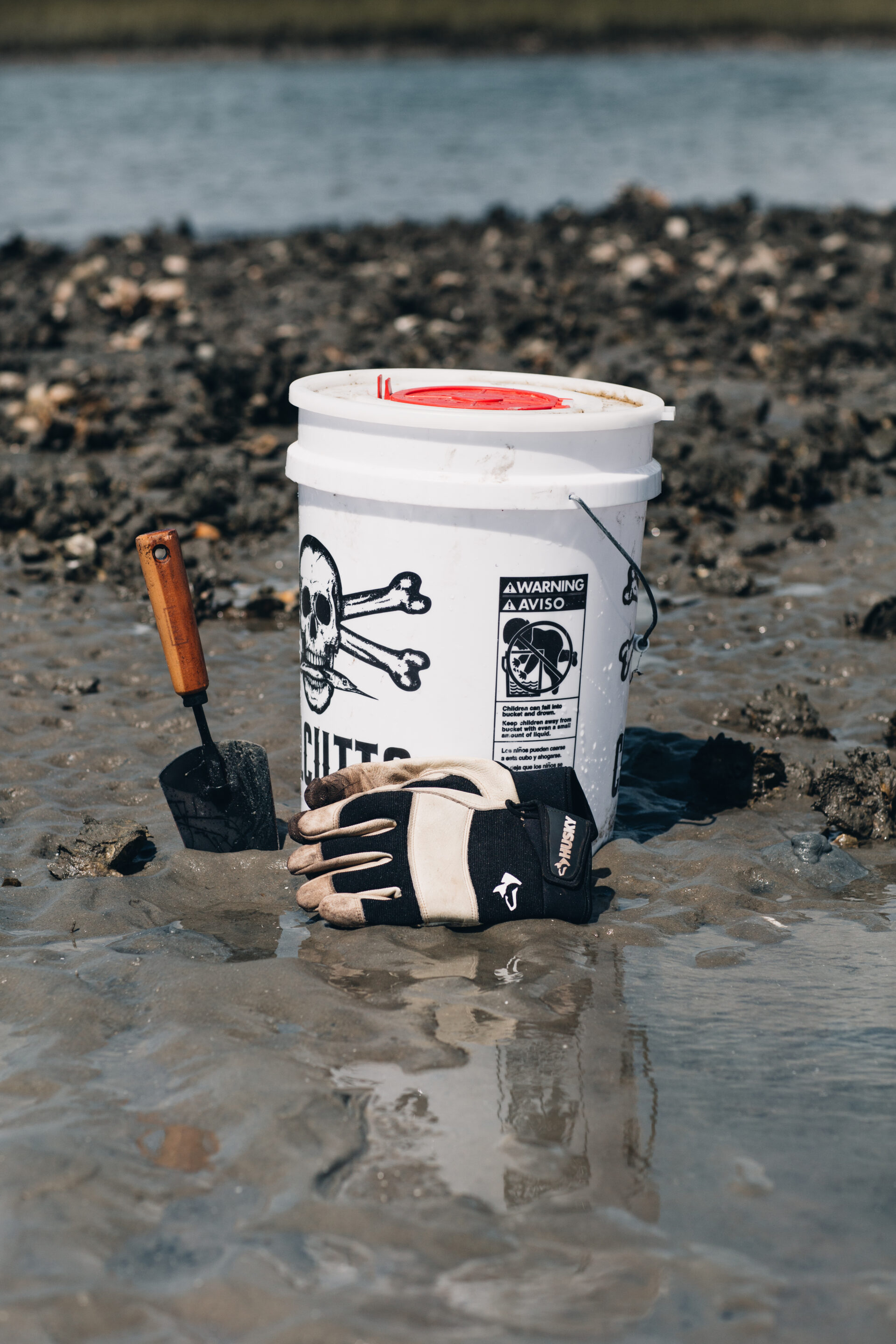
Oysters beds can be a goldmine for finding mud crabs. I try to always come prepared with a bucket, small shovel, really tough shoes like Xtratuf boots, and some thick gloves. This will help you dig through the oysters to find the crabs – as they like to be under the clumps of oysters. // Photo: Cameron Pappas
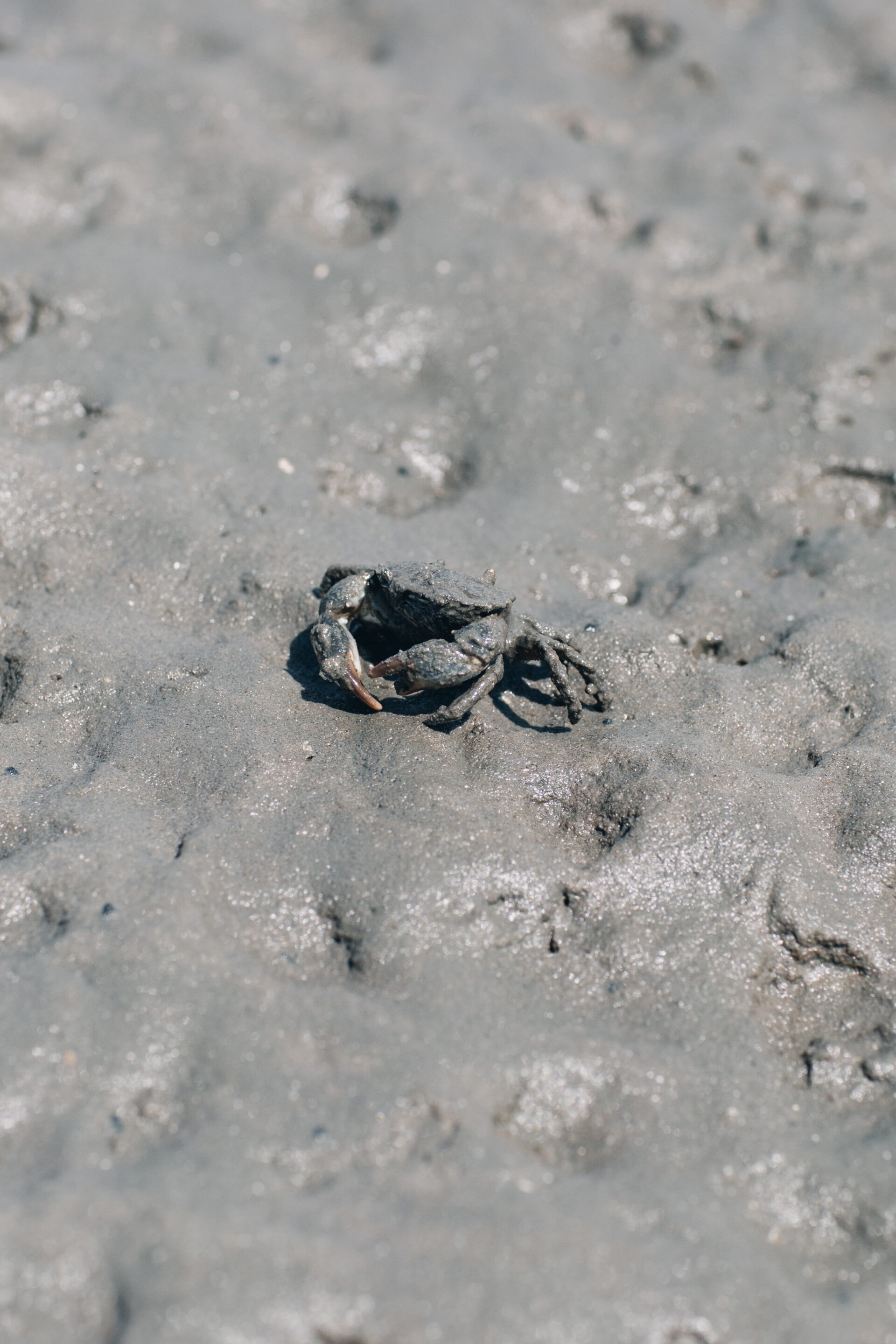
Mud crabs are great bait for targeting sheepshead generally because they last longer on the hook and don’t seem to get torn up as bad by fish you are not targeting like pin fish, pufferfish etc. // Photo: Cameron Pappas
Fishing Methods
Like many types of fishing, finding and fishing structure is the best way to find these fish. Find a piece of structure like some bridge pilings and get your boat or your kayak right up next to that piling you want to fish and fish it completely vertically.
Sheepshead tend to work up and down structures, and are not always on the bottom. The next time you fish for sheepshead near structure or piling, take a moment to just observe the fish’s behavior. Often time, they will be swimming up the piling, pecking at barnacles and then they slowly work back down then back up again on another piling. This is why fishing vertically is so important.
I like to get right up next to the piling and drop my bait a couple inches off it and let it sit on the bottom a couple minutes. If nothing, reel up a couple feet. If nothing, reel up a couple more feet and if still nothing, and depending on your depth, move on to the next piece of structure. That could mean one piling over or moving fifty yards to another piece of structure. It really depends on how hard you want to pick apart a spot. I have had Sheepshead experiences where I have not gotten a bite for 30 minutes and then I move 10 yards to another piling and it was sheepshead madness. Just because one piling is not producing does not mean they aren’t close by.
Sheepshead are notorious for being light biters, which makes them tricky to hook. Oftentimes, they can feel like a small fish when nibbling on your crab. Once I feel a nibble, I wait about two seconds, and then I slowly lift my rod and if I feel weight when I lift, I set the hook. Just feel it out and you’ll find the right cadence.
In conclusion, do not let sheepshead fall off the list of fish to target! They are an absolute blast to catch and provide some awesome fishing action when it’s too windy or rainy to target anything else. Who knows? You might just find a new favorite species to catch.
Blog and photos provided by TFO Pro Staffer Capt. Cameron Pappas of BlackBird Guide Services in Wilmington, North Carolina.
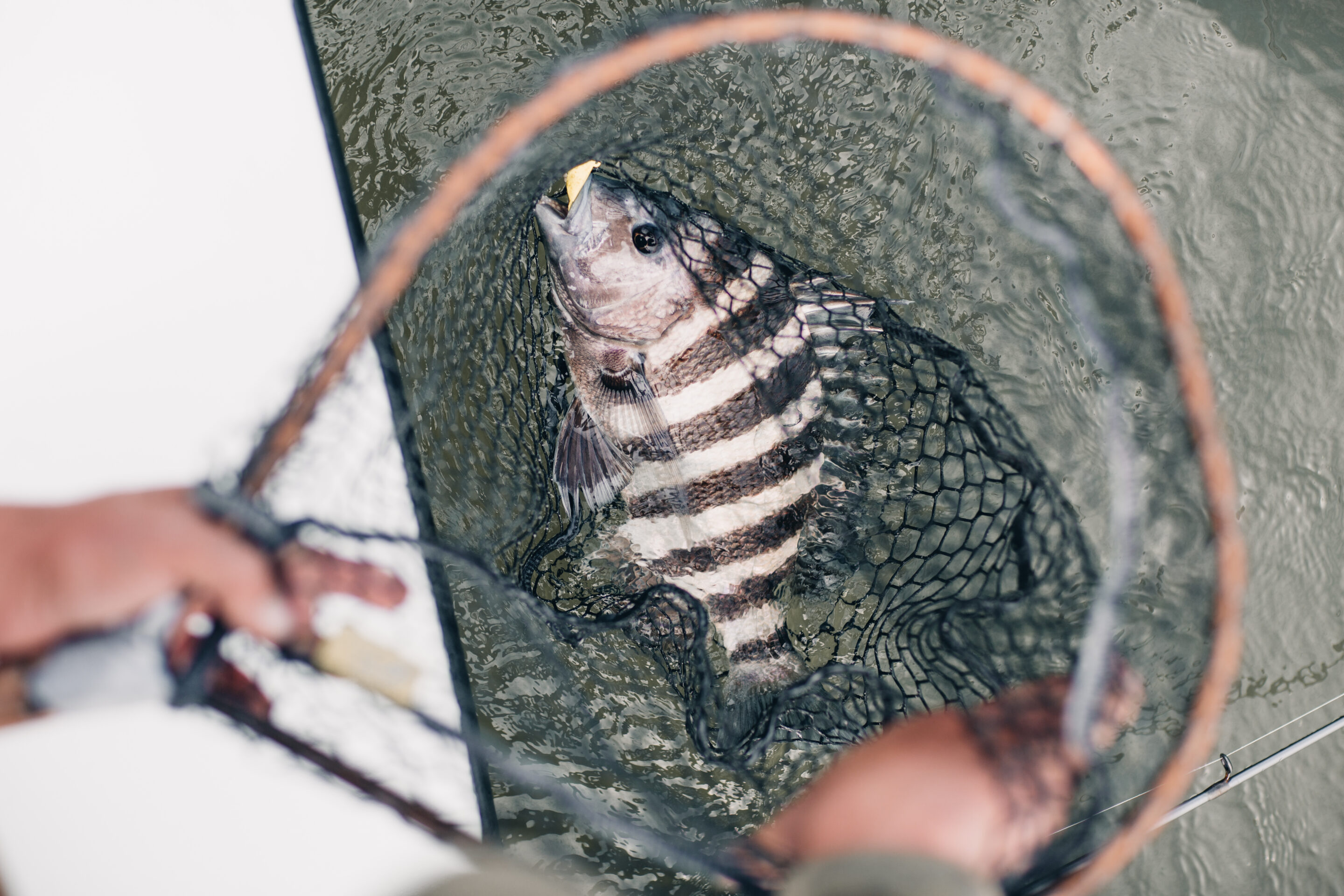
When water conditions are unfavorable for redfish or trout, targeting sheepshead can be a fun and addicting alternative for inshore fishing. // Photo: Cameron Pappas
![]()
